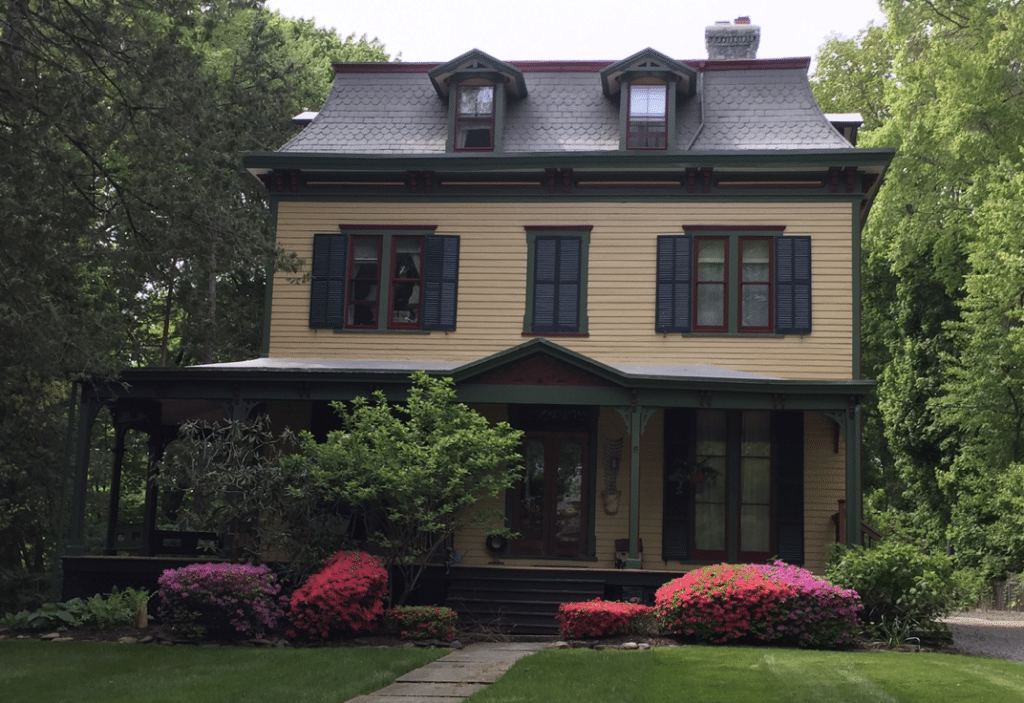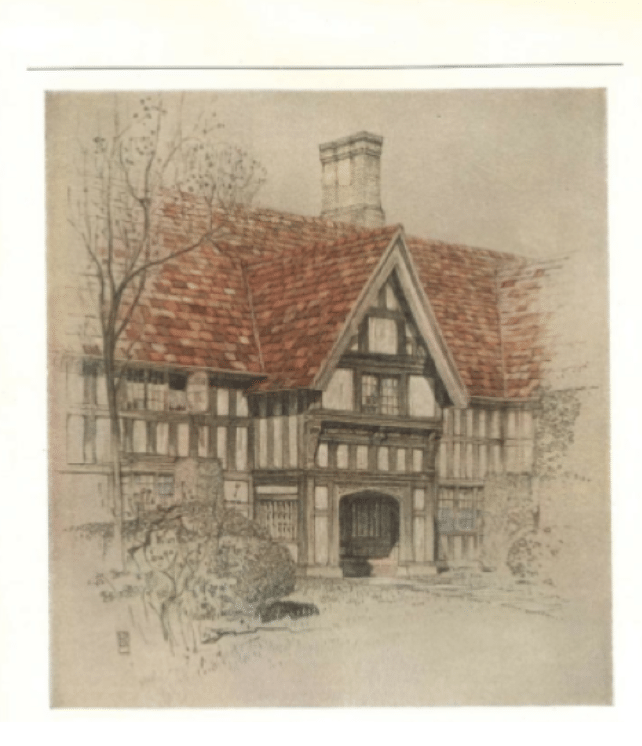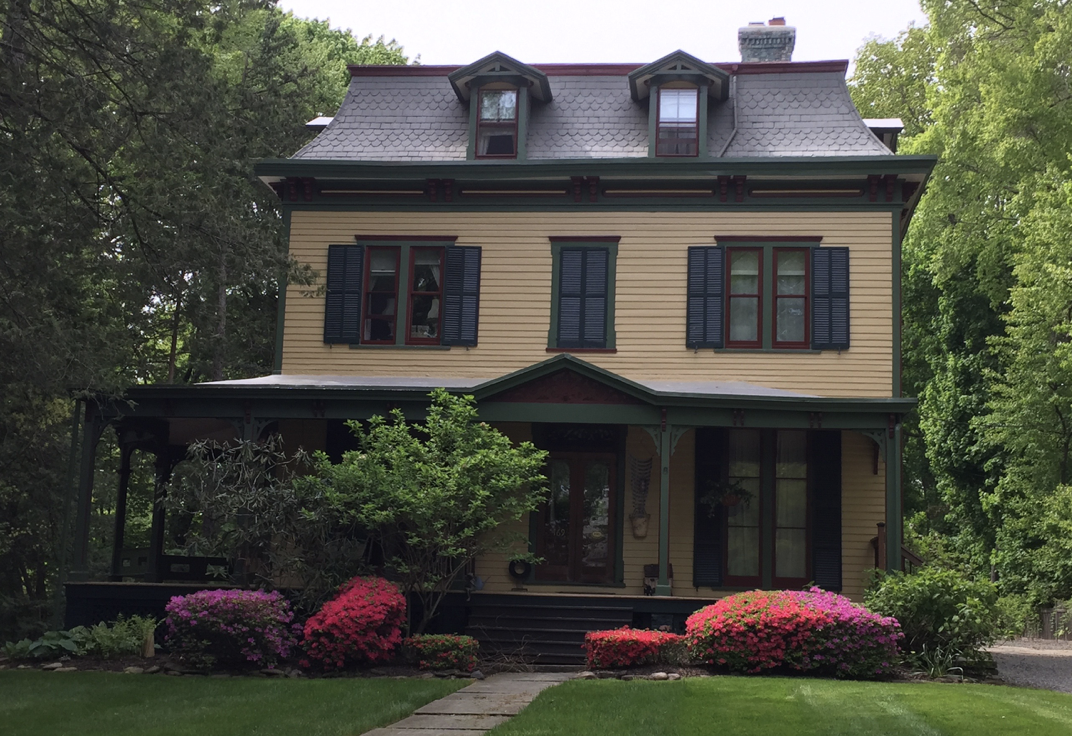Roofing for South Orange
One of the most important elements of a building, a roof keeps the rain and snow out, and the heat inside. But it also presents a large surface that can be emphasized by color and texture, and the materials and design of a roof are an important part of the overall architectural style of a building.
Perhaps the most distinctive roof form is the “mansard” which creates a tall, fully usable space inside it. One of the earliest houses built in Montrose Park has this roof form, and it is embellished by patterned slate. In the 1870s, slate had become widely available, being sent by railroad from quarries in Pennsylvania and Vermont. It quickly gained popularity, as it was fireproof and extremely durable. Colored slates, and slates cut into different patterns like diamonds and hexagons, provided the over-all patterning that was so desirable in 19th century buildings.

A Second Empire Style house in Montrose Park built about 1870 has patterned slate on the style’s characteristic mansard roof. Photo by Janet W. Foster, May 2017.
Tile, made of fired clay and glazed in colors, offered a more uniform material than natural slate. Green and red roofing tiles were especially popular in the United States in the years between 1910 and 1940, just at the period of Montrose Park’s most intense building boom. There are several excellent examples of tile roofing in Montrose Park. Pantiles, as seen at 356 Grove Road, have a shallow “S” shape to them when seen from the side. Flat tiles, like those used at 385 Grove Road, are simple rectangles in form, but rather surprisingly, these result in a more expensive roof, because many more tiles must be laid closer together to achieve watertight protection.

Flat tile roofing was used on this expanded Montrose Avenue Colonial Revival style house of ca. 1915.
The color scheme of light yellow walls and green roof was a popular one in the early 20th century; here it survives embedded in the high quality materials. Photo by Janet W. Foster, May 2017.
Early in the 20th century there were a number of innovations in roofing materials, greatly diversifying the materials and colors available. Asbestos, cement, rubber, and steel were all experimented with for roofing. Asphalt roofing was first developed commercially in 1901, and within a decade was poised to become the most commonly used roofing material for residences in the 20th century. The composition of asphalt roofing has changed over the past century, but the idea of adhering granular minerals to a flexible backing with asphalt has remained. Much lighter-weight than wood or slate, asphalt roofing since the 1950s has been mostly marketed in grays, black, or brown.
In the early years of asphalt roof production, red, green, and blue roofing was widely produced and enjoyed for the color it added to a building.

Illustration of a half-timbered house with red roof from the “The Book of Roofs”, by Johns-Manville Company, 1923. The book was aimed at architects and designers and showed how the popular revival styles of the 1920s could be made with a modern manufactured roof, in this instance, asbestos-cement fiber shingles.

Both the decorative half-timbering and the red roof of this Tudor Revival style house are characteristic of the 1920s’ broad interpretation of pre-industrial European building types and their adaptation to a modern American suburban house. Photo by Janet W. Foster, May 2017.
For more information, see: https://www.nps.gov/tps/how-to-preserve/briefs/4-roofing.htm

